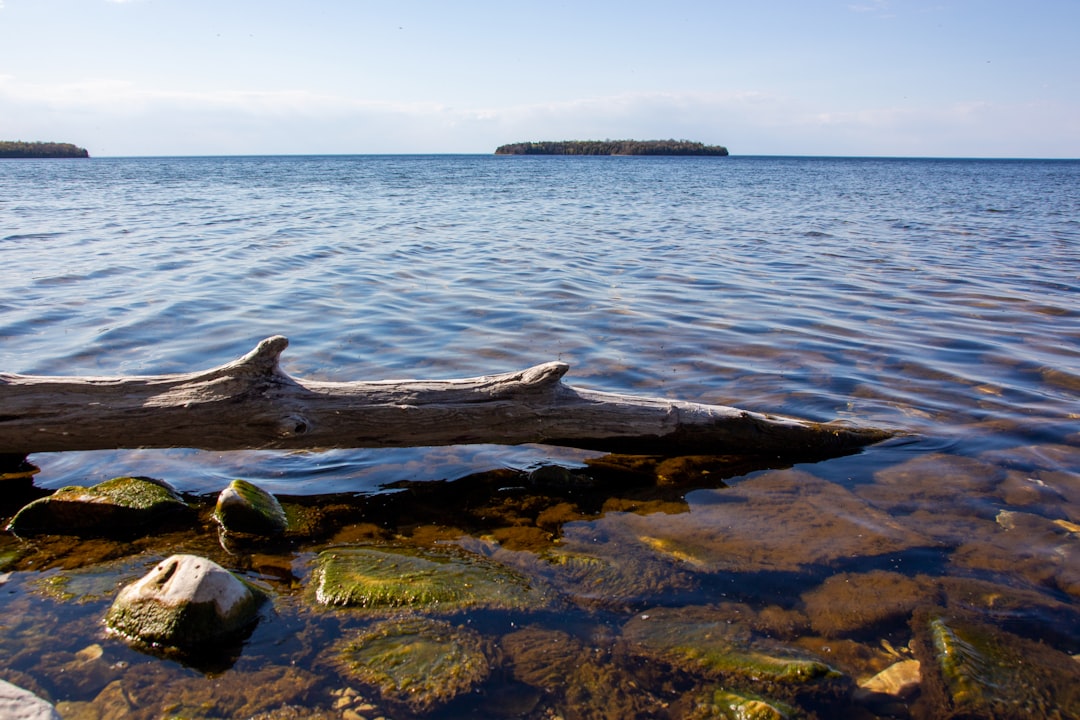What is it about?
Lake Gusinoe is the largest freshwater lake in the Republic of Buryatia, situated in the Trans-Baikal Region of southeastern Russia. The lake basin is on the Paleozoic or Mesozoic sediments, and its current main base is a formation shaped during the Cenozoic Era. However, the recorded history of the lake ecosystem only goes back less than 300 years. Human activities have significantly influenced the lake ecosystem over the past century. In the 1940s, open-pit coal mining began to develop near the lake, marking the beginning of the human-influenced ecosystem. Subsequent population growth and construction of the Gusinoozersk Thermal Power Station, the Trans-Mongolian Railway and associated stations, and military installations have also influenced the lake's transformation. The lake water has preserved traces of salinity, indicating that the lake was once affected by certain chemical constituents. Interestingly, we recognise a similar desalination process in several smaller saline lakes in the Gusinoe Basin. Lake Gusinoe's rich geological history and recent human impact need further scientific study and conservation efforts.
Featured Image

Photo by Brent Pace on Unsplash
Why is it important?
The authors characterise the ecosystem of Lake Gusinoe as having two stages of evolution: natural and anthropogenic. This paper examines the effects of human activities and long-term processes on the lake's environment and biotic communities, providing valuable limnological information. By studying changes and distributions of chemical constituents in the lake water, geological structure, climate, and human activities, a better understanding of limnology in Asia will give. In the early 1950s, around five fish species were introduced or invaded Lake Gusinoe, while at least six native fish species disappeared or were dangerous. Recent investigations by the authors have identified four hydrogeochemical zones within the Gusinoe Basin: (1) ultrafreshwater, (2) freshwater, (3) mineralised water, and (4) hyposaline and saltwater. This paper also presents data on changes in the chemical composition of the watershed, and transitions in fish, zooplankton, and benthic fauna, while discussing potential industrial development and disaster engineering risks.
Perspectives
The irrigation system of the basin draws from almost all the rivers that feed into Lake Gusinoe. However, most of the tributaries on the lake's western shore formed by coarse sediments in the alluvial fan quickly disappear after emerging from the foot of the mountain. Redirecting ultrafreshwater from the abundant Temnik River could add remediation efforts to reduce the anthropogenic impact on Lake Gusinoe.
Dr. Hidetoshi Naganawa
Tokai National Higher Education and Research System
Read the Original
This page is a summary of: Ecosystem evolution of Lake Gusinoe (Transbaikal region, Russia), Limnology, December 2005, Springer Science + Business Media,
DOI: 10.1007/s10201-005-0154-9.
You can read the full text:
Contributors
The following have contributed to this page










